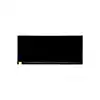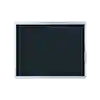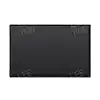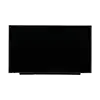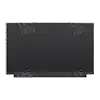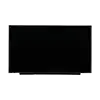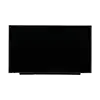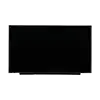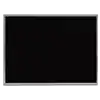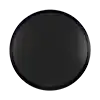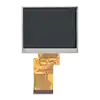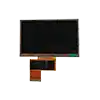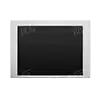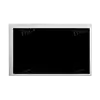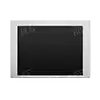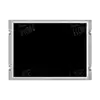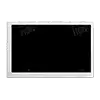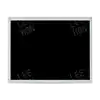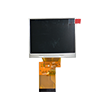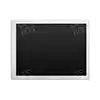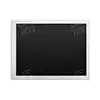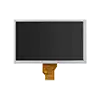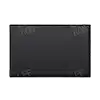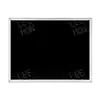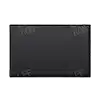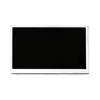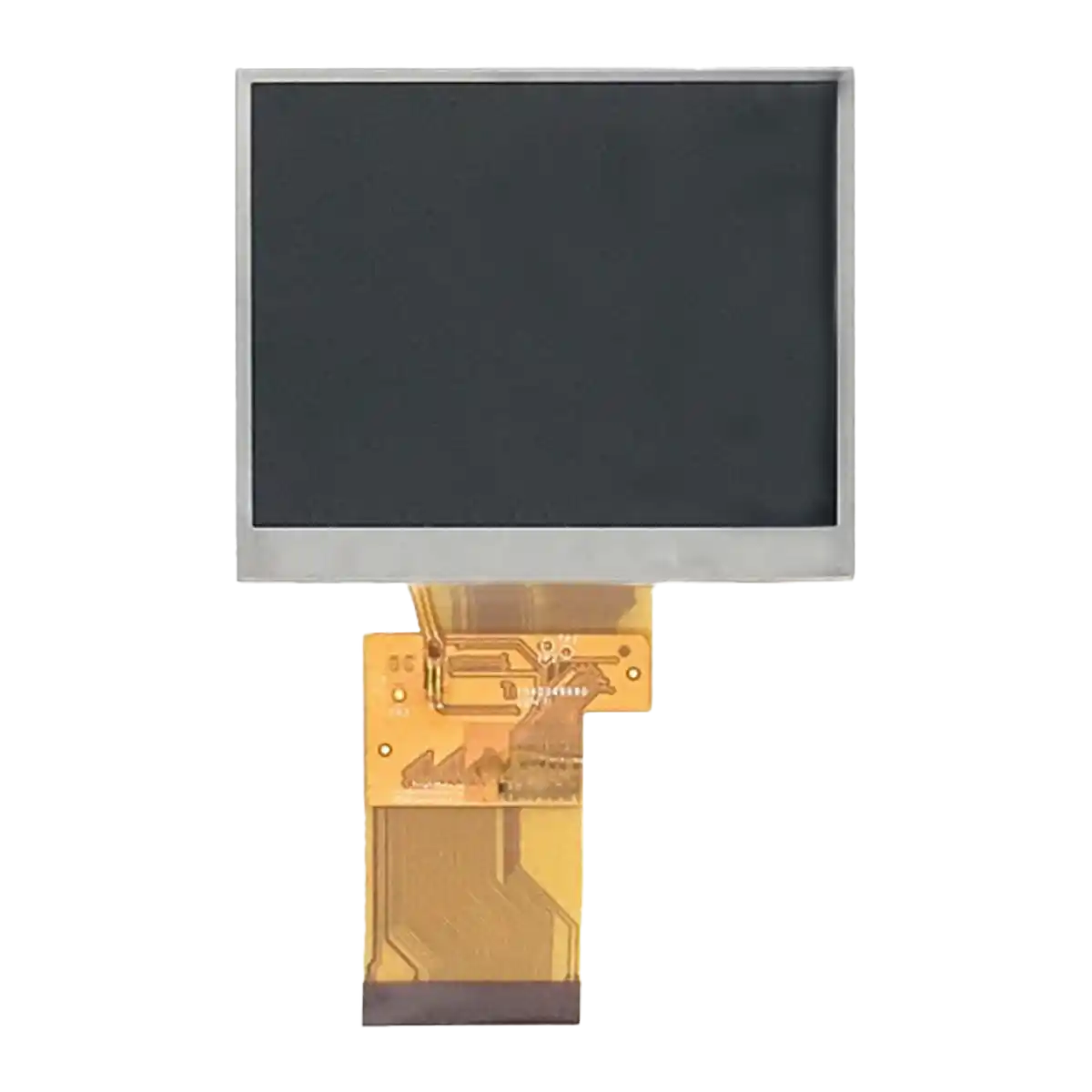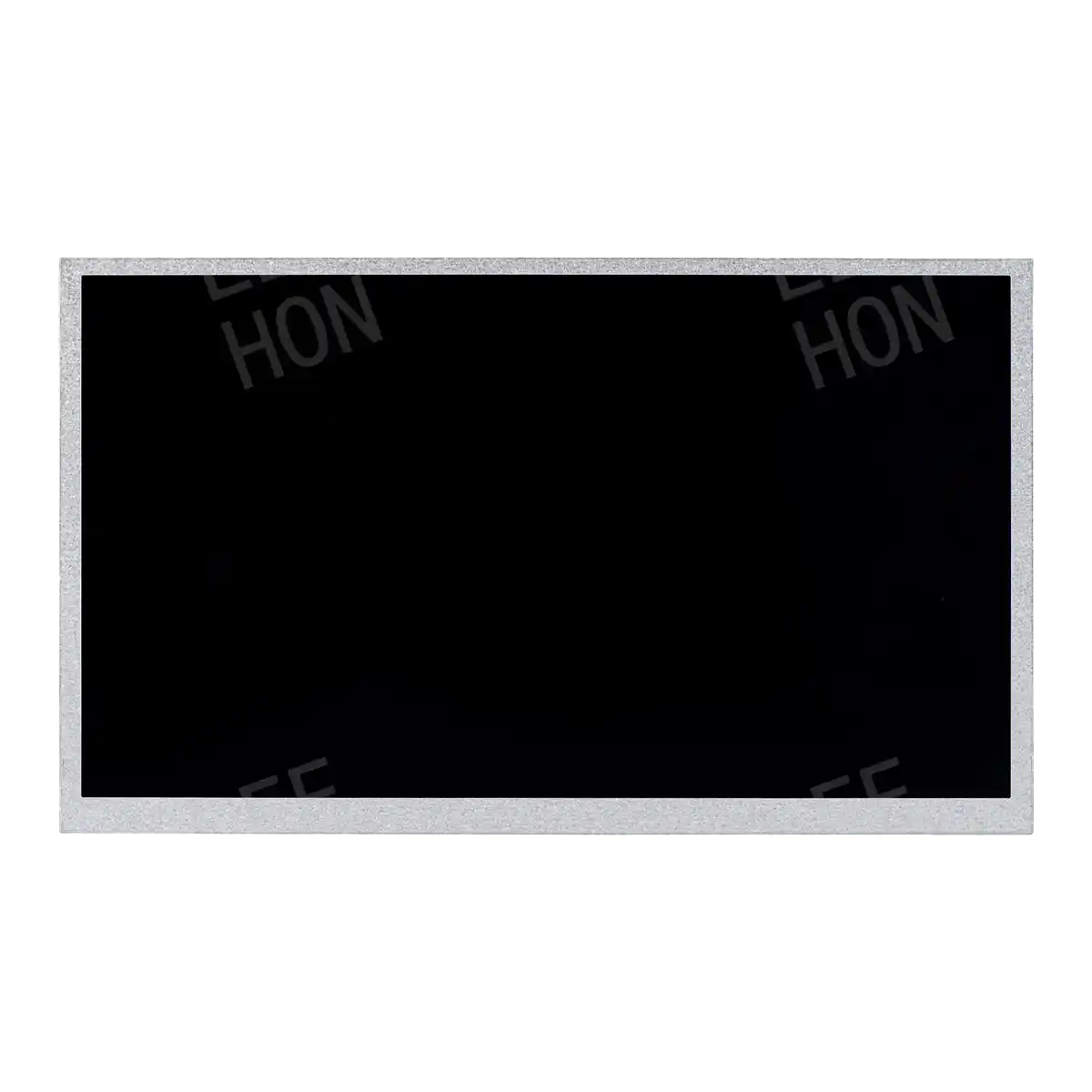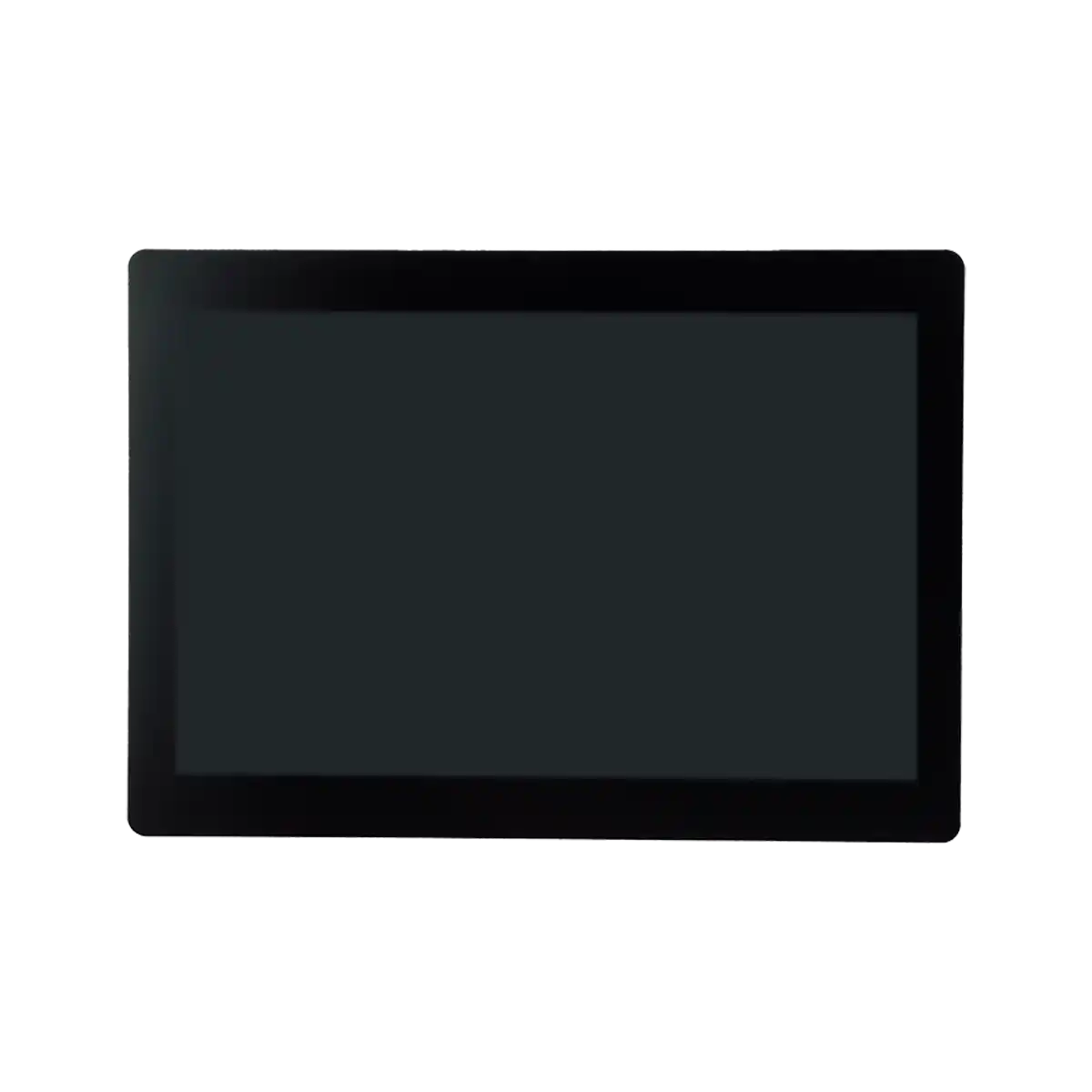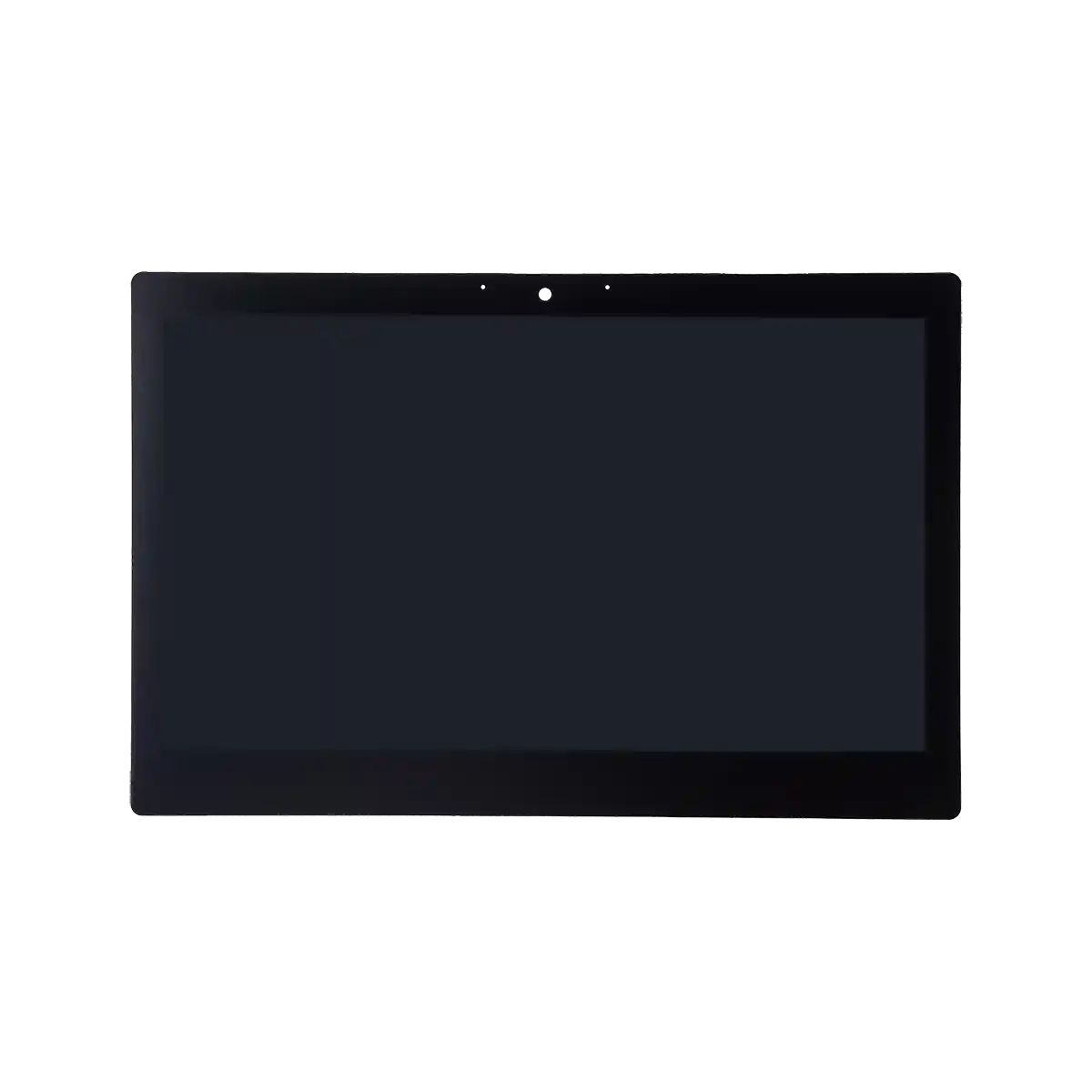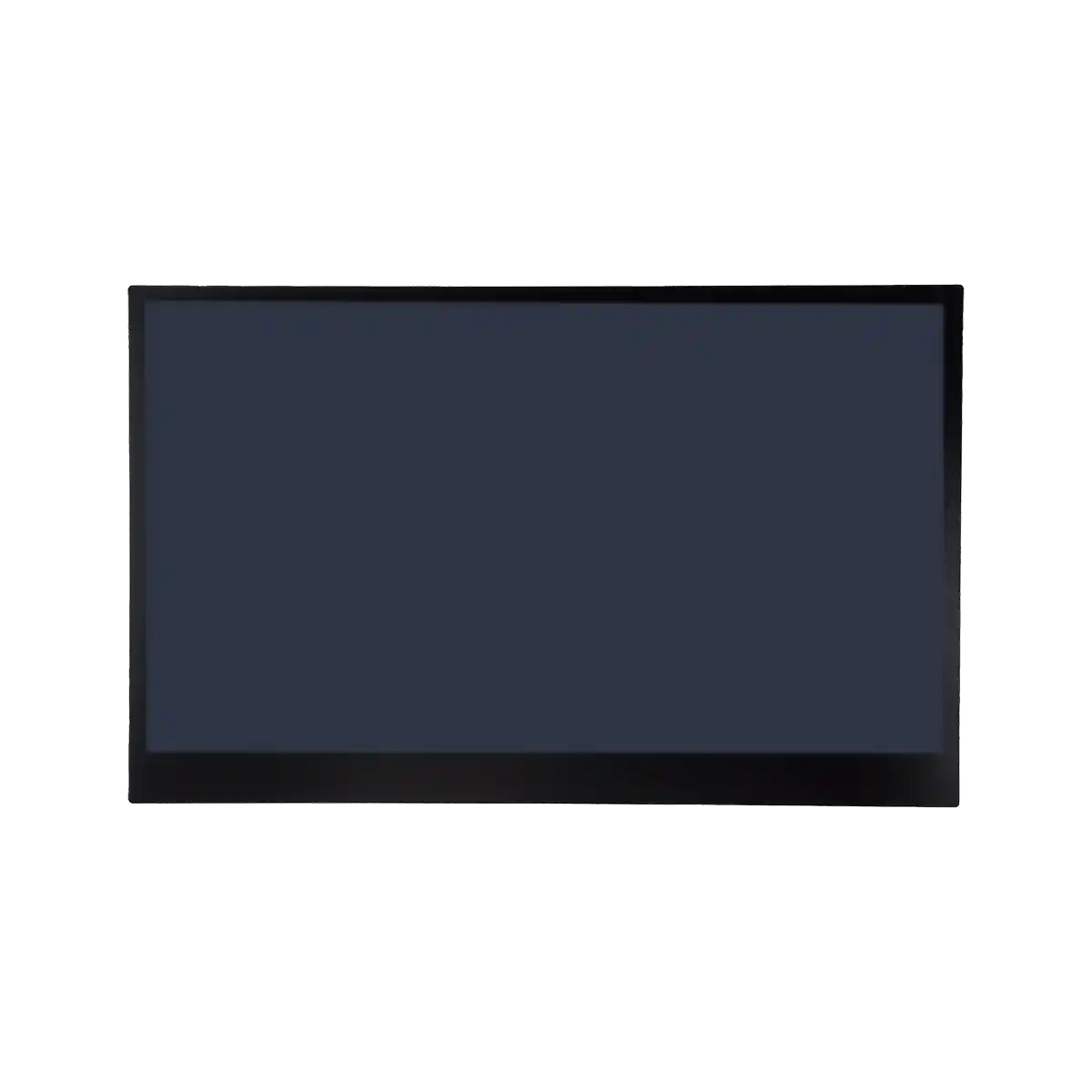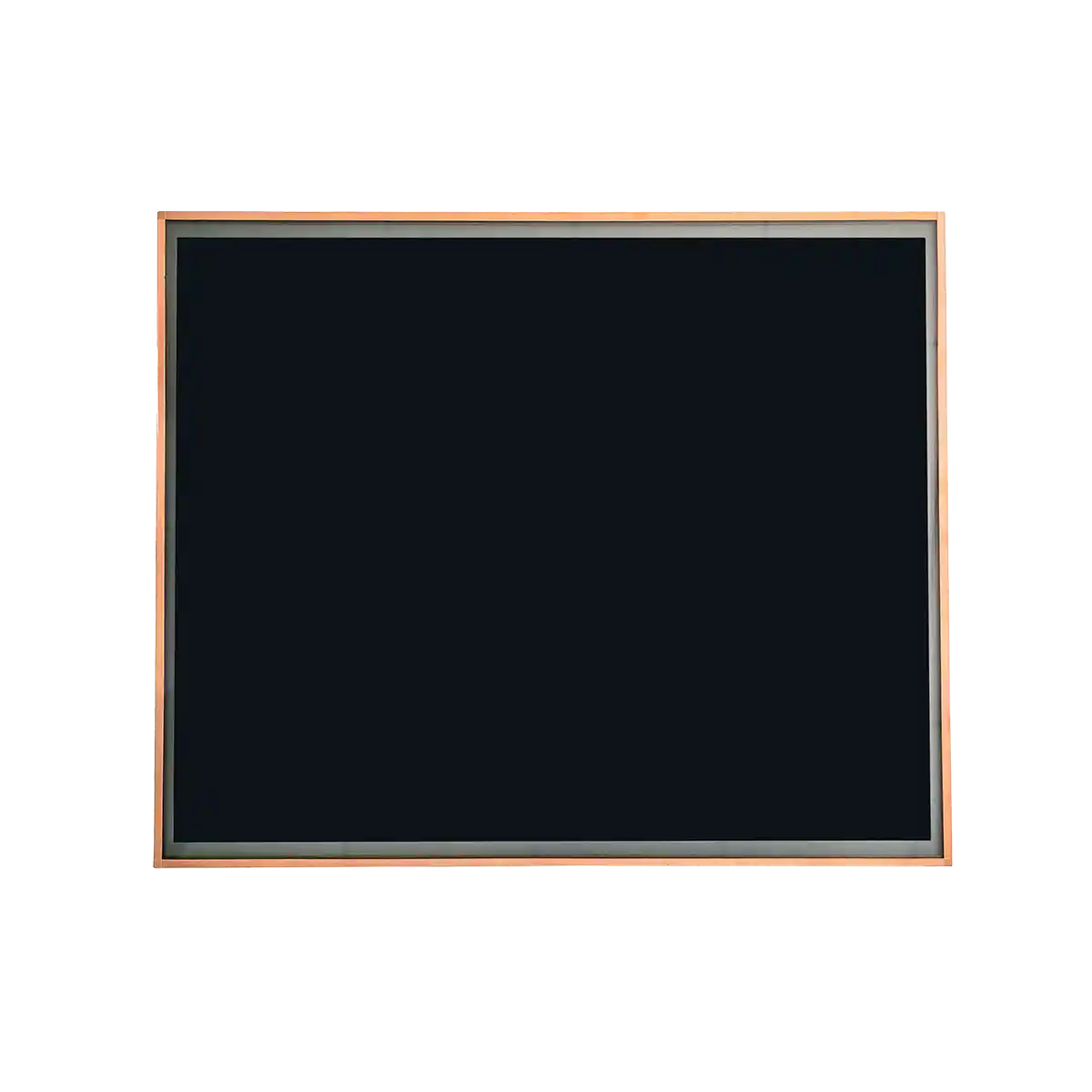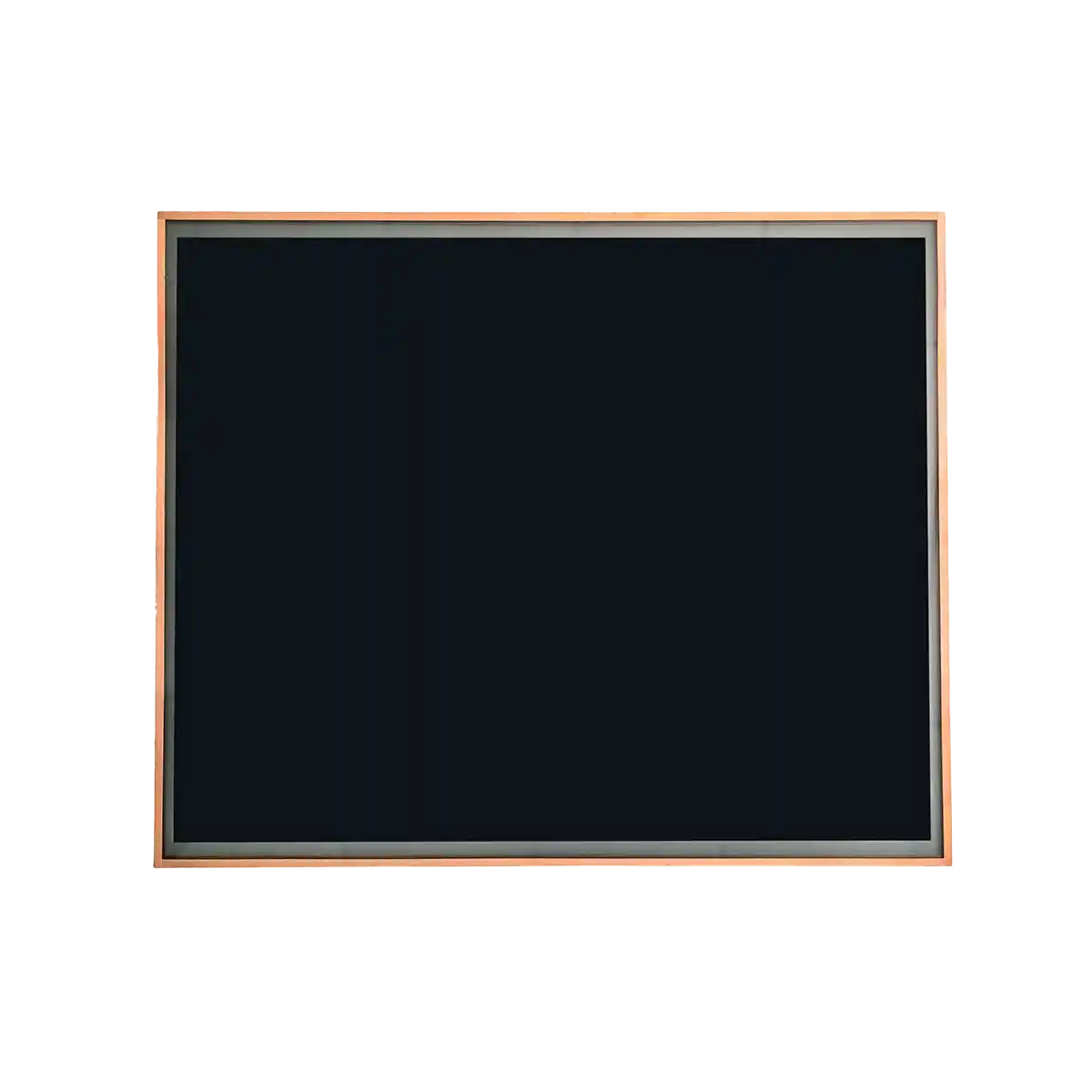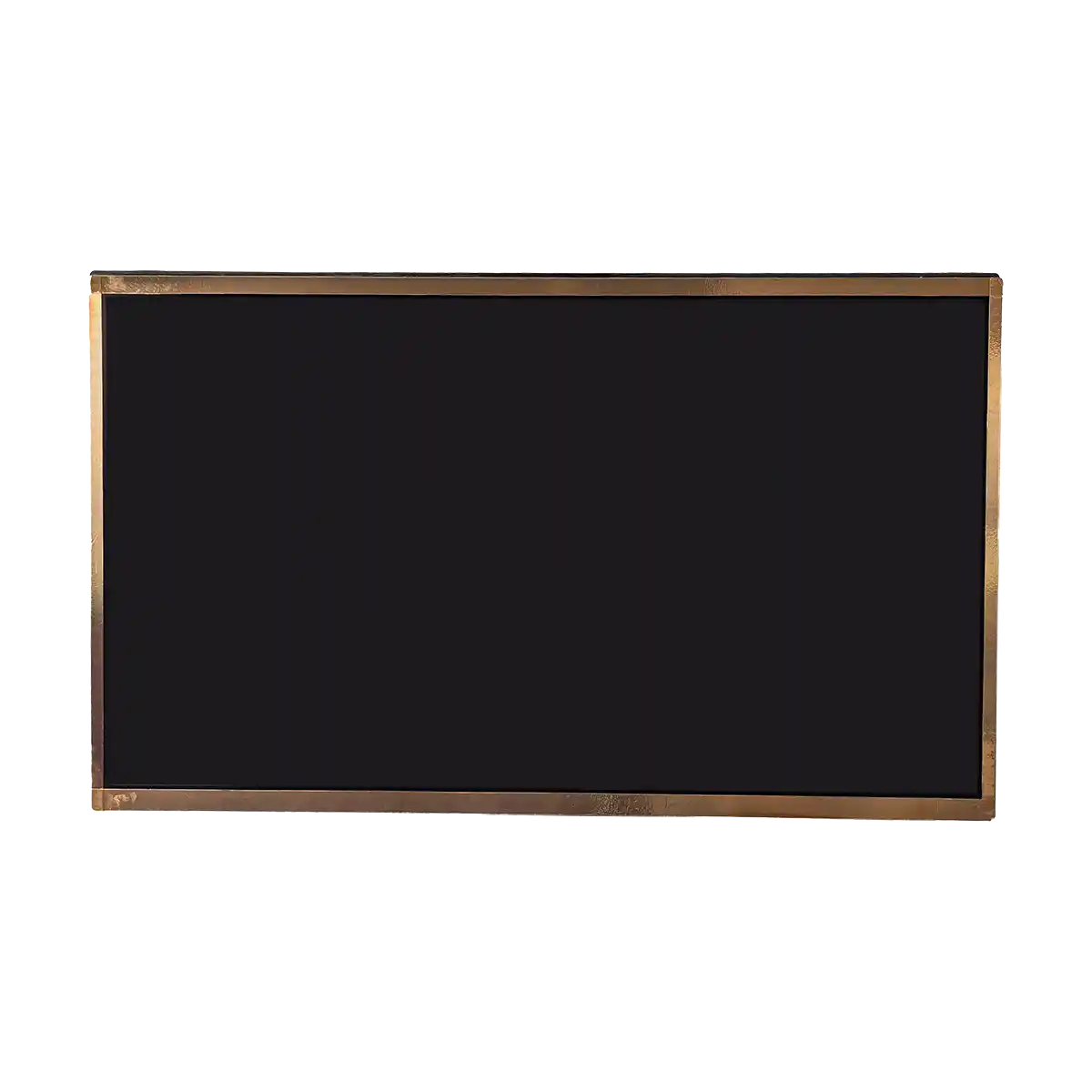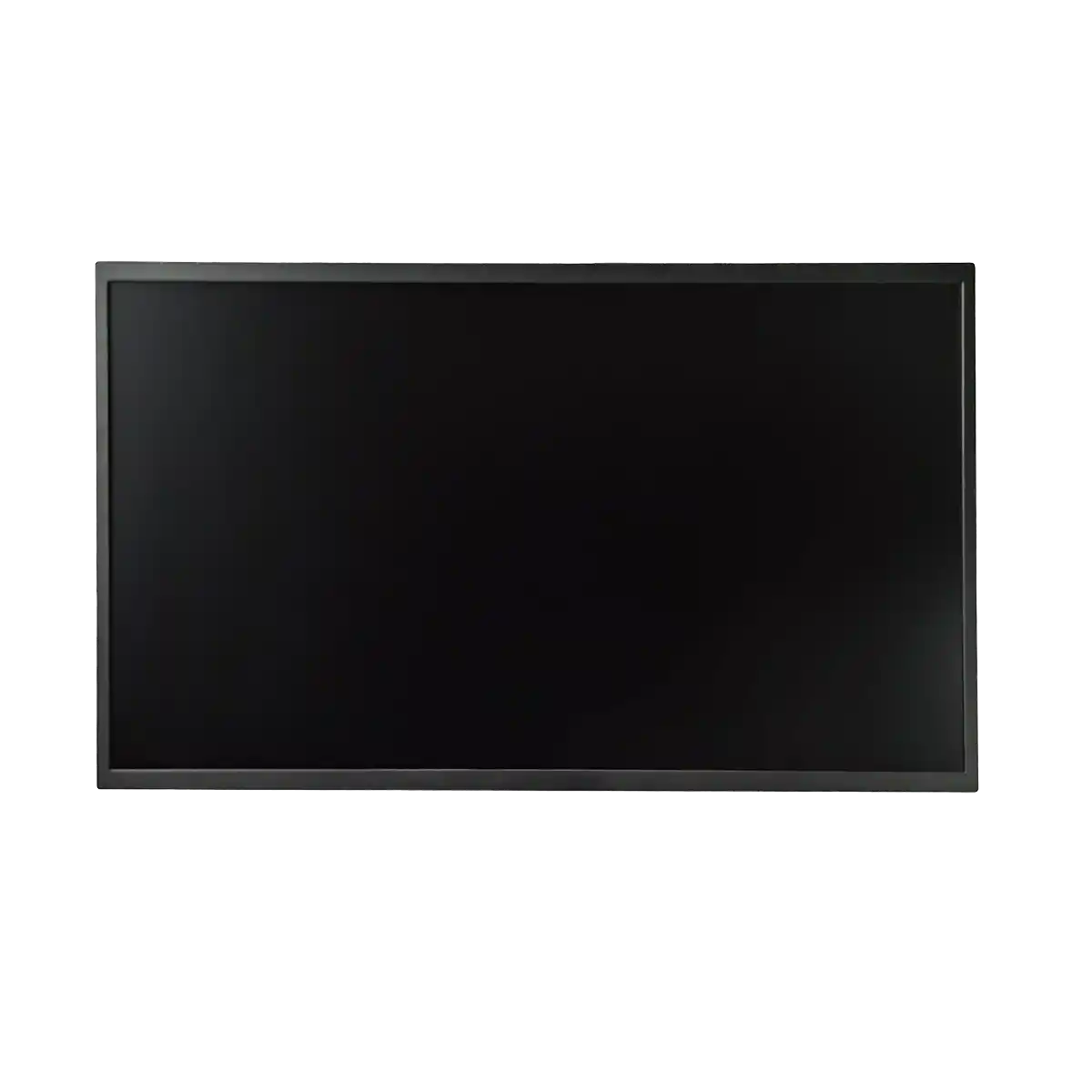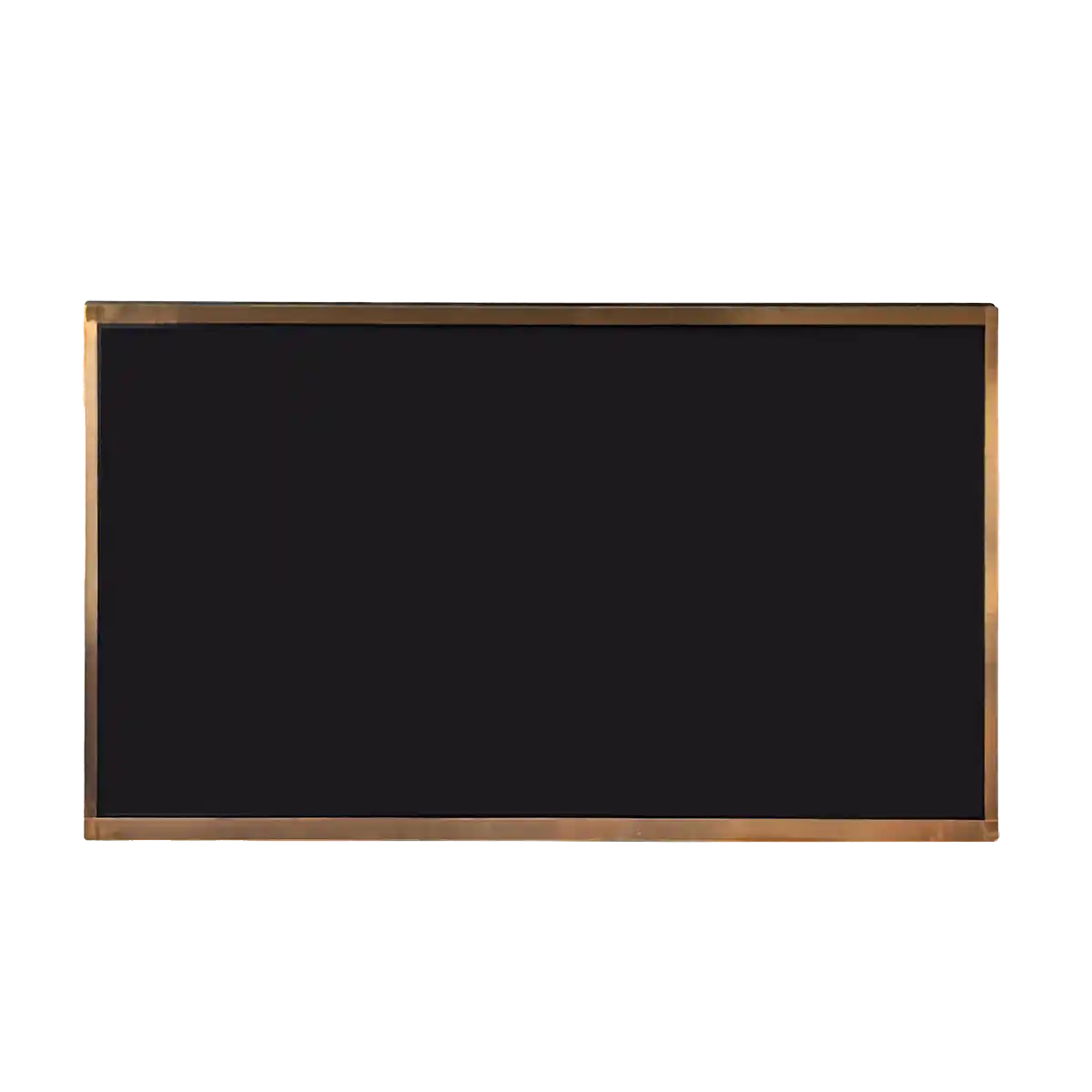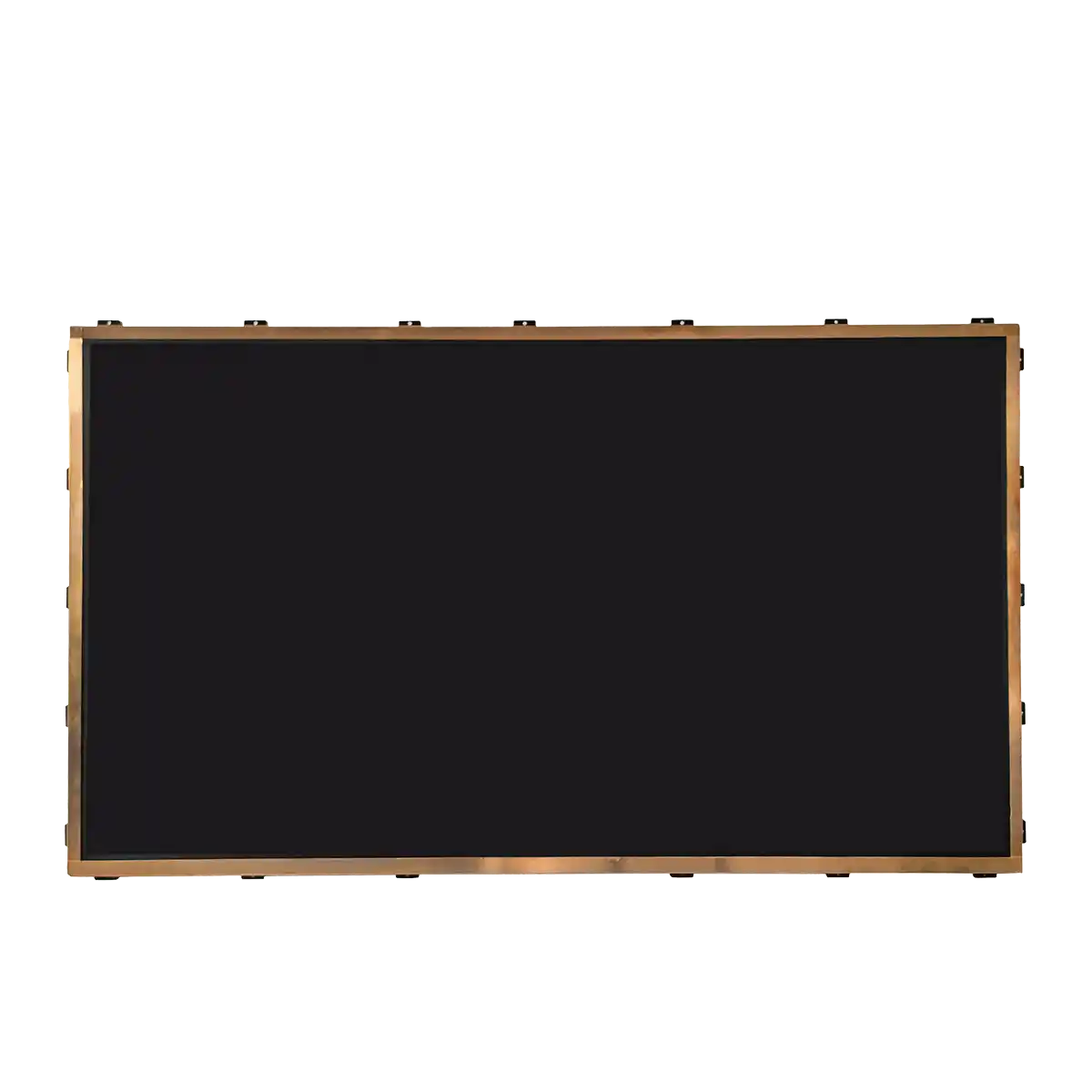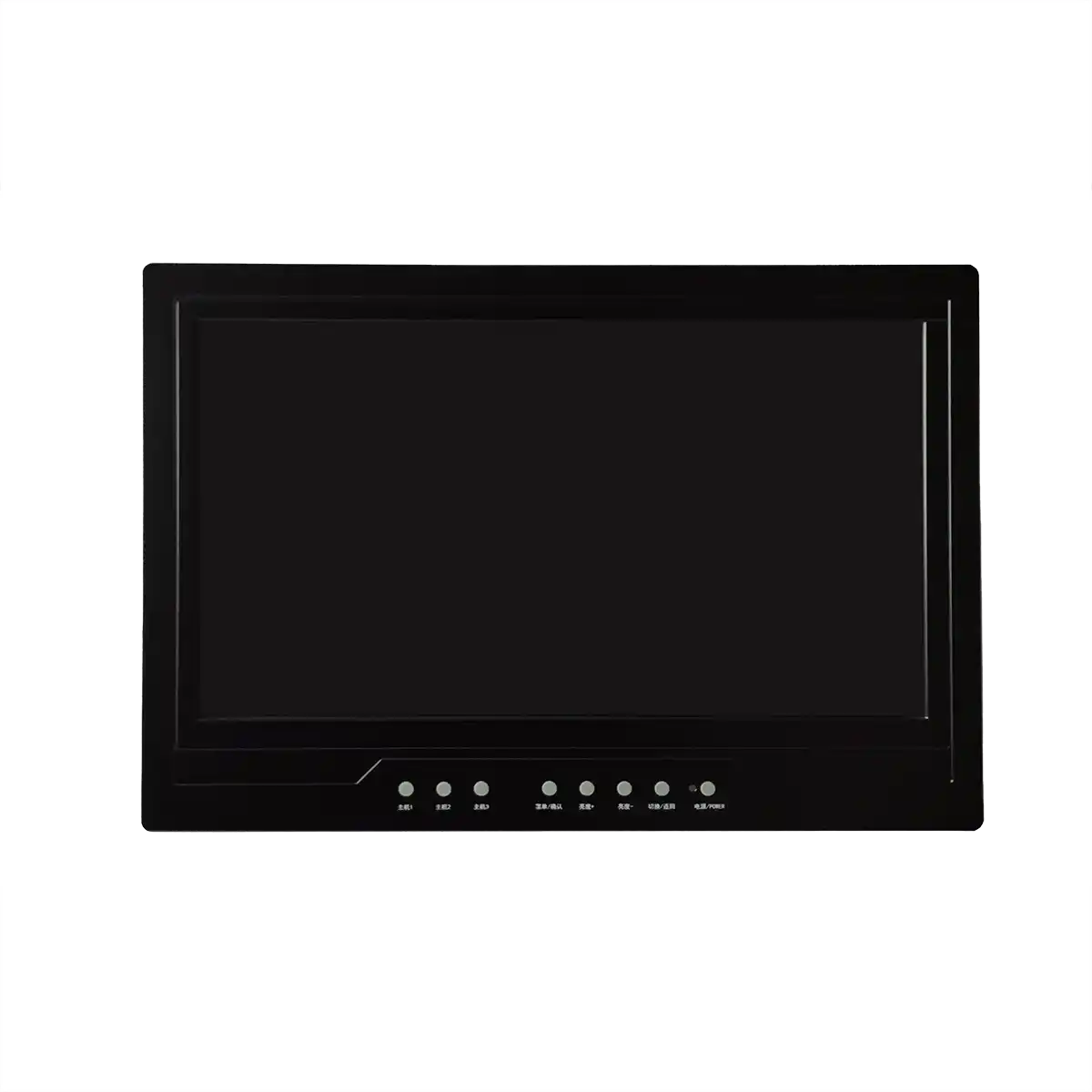INNOLUX industrial LCD screen G156HCE-L01 as a solution for kidney dialysis machine (hemodialysis machine)
Introduction
LEEHON provides a screen solution for the kidney dialysis instrument (hemodialysis instrument) in the medical industry, and provides G156HCE-L01 types of LCD screens as the screen of the kidney dialysis instrument.
Historical Evolution of Renal Dialysis Apparatus (Hemodialysis Apparatus)
The historical evolution of renal dialysis instrument (hemodialysis instrument) has gone through many important stages, from the initial animal experiments to the modern high efficiency, and its development process reflects the progress of medicine and engineering technology.
The budding period (1850-1909):
- In 1854, Thomas Graham discovered the principle of separating solutions of different concentrations, which laid the foundation for the later dialysis technology.
- In the mid-19th century, the Scottish chemist Thomas Graham used a bovine bladder as a filter membrane to create the first true filter in human history.
Start-up period (1910-1950):
- In 1914, John Jacob Abel and a team of American scientists built the first artificial kidney dialysis machine for a dog.
- In 1926, Lin Kesheng led the Department of Physiology to develop the world's first generation of artificial kidney-Necheles dialyzer, and used heparin dialysis for the first time.
- In 1943, William Kolff invented the first artificial kidney dialysis machine and successfully applied to clinical treatment. He used a rotary barrel dialysis machine to restore consciousness to a 67-year-old woman in a uremic coma during World War II.
Development Period (1951-1980):
- The vascular access of Teflon materials solves the problem of blood vessels passing through, and the hemodialysis machine is officially introduced to the market, and the home hemodialysis machine also arises at the historic moment.
- In the 1960 s, Quinton, Dillard, and Schribner developed an external catheter made of Teflon and silicone that allowed repeated entry into the circulation for hemodialysis, a breakthrough that quickly spread worldwide.
- In 1962, Scribner established the world's first outpatient dialysis center, the Seattle Artificial Kidney Center.
High-speed development period (1981-present):
- In 1967, the JMS ultra-pure automatic Central dialysis system (CDDS) began to be used in Japan. After more than 50 years of technological evolution, CDDS has been used in more than 90% of hemodialysis centers in Japan.
- In recent years, with the development of biology, electronics and new materials and other industries, dialysis equipment has been continuously improved, purification functions have been refined, the trend of portability is obvious, and the operation is simpler and safer.
The principle and function of renal dialysis machine (Hemodialysis Machine)
The principle and function of the renal dialysis machine (Hemodialysis Machine) is mainly based on the function of the simulated kidney, and the patient's blood is introduced into the dialyzer for purification through the extracorporeal circulation system. Its core working principle includes the following aspects:
- Driving blood in extracorporeal circulation: The hemodialysis machine draws the blood from the patient's body through the blood pump and delivers it to the dialyzer.
- Material exchange: In the dialyzer, the blood and dialysate contact through the semipermeable membrane, the use of concentration gradient and pressure difference for solute dispersion, osmosis and ultrafiltration and other physical processes, so as to achieve material exchange. Specifically, metabolic waste and excess electrolytes in the blood move to the dialysate, while calcium ions, bases, etc. in the dialysate move to the blood.
- Removal of metabolic waste and excess water: Through the above substance exchange process, the dialyzer can effectively remove metabolic waste such as urea nitrogen and creatinine in the blood, remove excess water in the body, and maintain water-electrolyte balance and acid-base balance.
- Adjust the electrolyte and acid-base balance: During dialysis, the dialysate supply system will prepare appropriate dialysate according to clinical needs to supplement or remove the lack or excessive electrolytes and alkaline substances in the body, thereby maintaining the normal composition of the blood.
- Pressure difference effect: During dialysis, Ultrafiltration is achieved by increasing the water pressure on the dialyzer membrane, that is, the water in the blood is transferred from the dialysate chamber to the dialysate through the pressure gradient, so as to achieve the purpose of dehydration.
- Transfusion of purified blood: The purified blood is returned to the patient through the circuit system to complete the entire dialysis process.
Kidney dialysis instrument (hemodialysis instrument) why should use industrial LCD screen?
The reasons for the use of industrial LCD screens in renal dialysis machines (Hemodialysis Machines) mainly include the following:
- Easy to operate and friendly interface: LCD screen usually has large size, high resolution and multi-angle rotation function, so that medical staff can easily operate and monitor. For example, some devices are equipped with a 15-inch color LCD touch screen, which supports multiple language interfaces such as Chinese and English, and can provide clear display effects and convenient operation experience.
- Personalized treatment: The LCD screen can display a variety of treatment curves and parameter settings, so that medical staff can adjust the dialysis plan according to the specific conditions of the patient. For example, some devices have standard curves such as sodium ion, ultrafiltration rate, carbonate and self-set curves, which can provide personalized dialysis treatment for patients.
- Safety and reliability: When the LCD screen displays the alarm signal, it does not need an indicator light independent of the display screen, because the visual alarm signal on the display screen can also be regarded as an appropriate way. In addition, some devices are equipped with conductivity monitoring and proportioning mechanisms to ensure the safety and accuracy of the dialysate.
- Durability and low maintenance: Compared with traditional CRT displays, modern liquid crystal displays (LCD) have better image quality, higher resolution and wider viewing angles. Although the early LCD has the disadvantages of low contrast and slow response speed, these problems are gradually improving with the progress of technology.At the same time, the HTN segment code LCD screen has lower power consumption, which helps to extend the battery life of medical equipment, reduce the need for frequent charging, and reduce the maintenance cost of the equipment.
- Powerful Human-Computer Interaction: Modern hemodialysis machines are usually equipped with powerful man-machine dialogue functions and perfect settings and Maintenance Menu, which not only facilitates the operation of medical staff, but also improves the level of intelligence of the equipment. For example, some devices have a Chinese operation interface, a large LCD touch screen and a graphical display, and all parameters can be visually displayed on the screen.
Why choose G156HCE-L01 as kidney dialysis machine (Hemodialysis Machine) screen?
G156HCE-L01 as a screen for a kidney dialysis machine (haemodialysis machine) has several benefits:
- High resolution and color performance: the display supports 1920 x 1080 FHD AAS mode and can display 16,194,277 colors. This high-resolution and rich color performance can provide clear and detailed images, allowing doctors and patients to read information more accurately during use.
- Wide temperature working range: the working temperature of the G156HCE-L01 is -30~+85 ° C, and the storage temperature is -40~+90 ° C. This means that it can operate stably under various environmental conditions, including the extreme temperature conditions that may exist in hospitals, which is very important for medical equipment.
- Backlight and driver board integration: The display uses WLED backlight and built-in LED driver. This not only improves the brightness and contrast of the screen, but also extends the service life of the backlight (up to 50k hours), ensuring the reliability of long-term use.
- Touch function compatibility: Although some materials indicate that this model does not have touch screen functions, there is also evidence that it can be matched with resistive or capacitive touch screens. This flexibility allows it to integrate different touch technologies according to specific needs, thus improving the user interaction experience.
- Wide viewing angle and high contrast: Thanks to AAS technology, the display provides a wide and symmetrical viewing angle, and its brightness reaches 450 cd/m², which makes it possible to maintain good visual effects when viewed from different angles, which is especially important for medical environments that require multiple people to view at the same time.
- Industrial-grade design: The G156HCE-L01 is recommend for industrial use, which shows that it has robust characteristics and is suitable for use in frequent and high-load working environments.
What are the advantages of the WLED backlight of the G156HCE-L01 display compared with the traditional LED backlight?
The WLED backlight used in the G156HCE-L01 display has the following advantages over the traditional LED backlight:
- More efficient: WLED backlights are more energy efficient than traditional LED backlights, mainly due to their low power consumption characteristics.
- Brighter: WLED backlight can provide higher maximum brightness, making the display effect clearer and more delicate.
- Lighter and thinner: Because the WLED backlight uses fewer components, it can make the device as a whole lighter and thinner, which is especially important for portable devices.
- More realistic colors and better contrast: WLED backlights are more accurate in color performance, have a wider color gamut, and provide better contrast and a wider viewing angle.
- Long life: The service life of the WLED backlight is longer, generally up to 50k hours, which means that its maintenance cost is lower.
- Environmental protection: due to the characteristics of its solid-state devices, WLED backlight is more environmentally friendly than traditional CCFL backlight.
What are the technical details of the WLED backlight life of the G156HCE-L01 display up to 50k hours?
The technical details of the WLED backlight life of the G156HCE-L01 display reaching 50k hours are as follows:
- Light source type: The display uses white LED(WLED) as the backlight source, which has a long service life and stability.
- Backlight mode: G156HCE-L01 use the side-in WLED light-emitting mode, that is, the light source enters from the side of the screen, which can provide a uniform light effect.
- Driver integration: The display has a built-in LED driver, which means that no additional backlight driving equipment is required, thereby simplifying the overall design and improving the reliability of the system.
- Operating temperature range: The operating temperature range of the display is -30~85°C, and the storage temperature range is -40~90°C. This wide temperature design allows the display to operate stably under various environmental conditions, further extending its service life.
- Durability and degradation: Although LEDs can be used for more than 50,000 hours under normal circumstances, they will gradually degrade over time. High-quality LEDs can maintain more than 60% of the initial light brightness after 50,000 hours of continuous operation.
- AAS technology: the G156HCE-L01 adopts active image seeking technology (AAS), which not only provides a wide symmetrical viewing angle, but also enhances the uniformity and contrast of the display effect.
Ending
The development of renal dialysis instrument not only shows the progress of medical science and technology, but also reflects the continuous pursuit and improvement of the quality of life of patients. By simulating the filtration function of the kidney, modern renal dialysis instruments use semi-permeable membrane technology and physical processes to effectively remove metabolic waste and excess water from the patient's body, while regulating electrolyte and acid-base balance,Helps maintain the patient's vital signs stable. From the initial simple device to modern high efficiency, renal dialysis technology has become an important lifeline for patients with end-stage renal disease.
The industrial LCD screen not only improves the convenience and accuracy of the operation of the kidney dialysis instrument, but also enhances the safety and reliability of the equipment, but also reduces the maintenance cost, and provides an efficient, safe and personalized dialysis treatment plan for the clinic.
As the screen of kidney dialysis machines, G156HCE-L01 provide high-quality display, stable performance and flexible configuration options, making them ideal for use in complex medical devices.
In this article, we provide an in-depth analysis of the kidney dialysis machine, a medical device, and demonstrate the solution provided by LEEHON. Our solutions are highly adaptable to the medical industry, not only solving the screen problem of kidney dialysis machines, but also bringing digital solutions to the medical industry.
LEEHON is committed to innovation and customer satisfaction, and we understand the importance of continuous improvement. We believe that through our expertise and high-quality solutions, we can bring real value to our customers and drive the healthcare industry forward.
Recommended Articles
-
LEEHON's Comprehensive Screen Solution for the Paperless Meeting System
2024-11-29 -
LEEHON's Comprehensive Screen Solution for Healthcare Kiosk System
2024-11-29 -
G104XVN01.0 as a Solution for Wire-Cut EDM Machines
2024-10-09 -
G190ETN01.4 and G150XTN06.0 as Solutions for Rugged Industrial Computers
2024-10-09 -
TCG062HVLDA-G20 as a Solution for Transcutaneous Monitoring
2024-10-09 -
AUO industrial LCD screen G121EAN01.0 as a solution for spectrum analyzer
2024-09-06 -
BOE industrial LCD screen EV101WXM-N10 model as a solution for environmental data acquisition instrument screen
2024-09-06 -
LH058WV01 and M070AWAD R0 as a solution for VBar Control radio
2024-09-06 -
AUO industrial LCD screen G185HAN01.1 as a solution for brain wave monitor screen
2024-09-04 -
KYOCERA industrial LCD screen TCG070WVLQGPNN-AN40 as a solution for oil survey vessel control system equipment
2024-09-04 -
AUO industrial LCD screen G070VW01 V0 and G065VN01 V2 as a solution for gate machines in the security equipment manufacturing industry
2024-09-04 -
BOE industrial LCD screen BA104S01-300 as a solution for CNC machine tools
2024-09-04 -
Global Exclusive: 110-inch naked-eye 3D display is now on the market!
2024-08-30 -
INNOLUX industrial LCD screen G156HCE-L01 as a solution for kidney dialysis machine (hemodialysis machine)
2024-08-06




